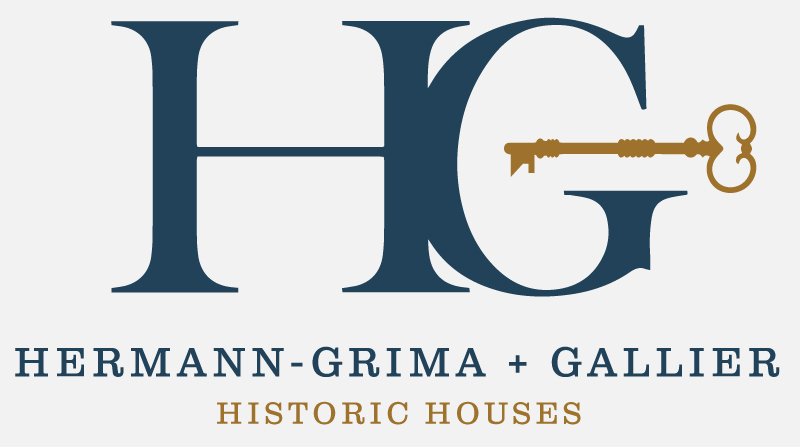A History of Archaeological Investigations at Hermann-Grima House
Kayla MacPhee, a graduate student in Museum Studies at Southern University at New Orleans, assisted in compiling and digitizing the following information in Summer 2020.
Complete citations for these works are provided in the References section of this report. It is well beyond the scope of this current project to provide a detailed overview of each of these prior projects. However, to avoid confusion and provide the reader with a certain level of understanding of the archaeological excavation history on the Hermann-Grima Historic house site, the following is offered.
A total of eight archaeological excavations have been conducted in the past at the site of the Hermann-Grima Historic House. Each of the investigations (listed below in chronological order) related to one aspect or another of the general restoration program of the property.
Caption
Timeline
“University of New Orleans, Tramontana
Learn More”
“University of New Orleans, Shenkel
Learn More”
“Tulane University, Davis and Giardano
Learn More”
“University of New Orleans, Lamb and Beavers
Learn More”
“University of New Orleans, Lamb, Beavers and Greene
Learn More”
“University of New Orleans, Lamb, Beavers and Greene
Learn More”
“University of New Orleans, Lamb, Beavers and Greene
Learn More”
“University of New Orleans, Lamb, Beavers
Learn More”
Summary
This brief overview of the history of the archaeological investigations at the Hermann-Grima Historic House should provide the reader with a framework with which to view the current project. Only the 1977 University of New Orleans and the 1983 Tulane projects have been of considerable size. The rest have been smaller projects focused on a specific part of the site. In all cases, provisions had to be made to maintain public access to the site for tours, and disruption and clutter was held to a minimum. As the process of restoration of the property progressed, areas within the site became available for investigation, and, to the credit of the Restoration Committee, provisions were made to salvage the archaeological information.


